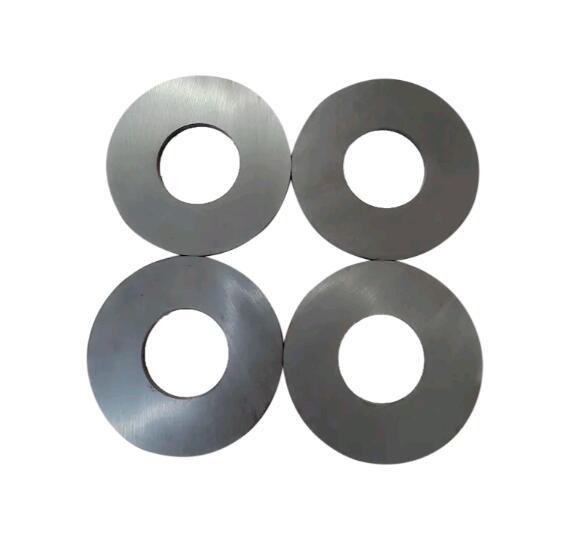Ferrite magnets are primarily composed of iron oxide (Fe2O3) combined with barium or strontium carbonate. This composition yields a hard, brittle magnetic ceramic material characterized by relatively high coercivity (resistance to demagnetization) and good magnetic stability. The ring shape, which is essentially a cylindrical magnet with a hollow center, provides specific mechanical and magnetic advantages that distinguish these magnets from other geometries.
Cost-Effectiveness and Material Availability
One of the fundamental advantages of ferrite ring magnets is their economical production. Compared to rare-earth magnets such as neodymium or samarium-cobalt, ferrite magnets are significantly less expensive due to the abundance and lower cost of their raw materials. Iron oxide and barium or strontium compounds are readily available and more sustainable, allowing manufacturers to produce ferrite magnets at scale without excessive cost.
This affordability does not imply compromised functionality but rather reflects the practical suitability of ferrite magnets for many applications that do not require the extremely high magnetic strength of rare-earth alternatives. As such, ferrite ring magnets offer an attractive balance between performance and price, especially for high-volume or cost-sensitive projects.
Magnetic Stability and Resistance to Demagnetization
Ferrite ring magnets exhibit excellent magnetic stability over time and under varying environmental conditions. Their high coercivity means they maintain their magnetic properties even when exposed to external magnetic fields, mechanical stress, or elevated temperatures (typically up to around 250°C).
The ring shape itself enhances magnetic stability in certain configurations, as it allows magnetic flux to travel in a continuous path, reducing losses associated with flux leakage. This characteristic makes ferrite ring magnets suitable for use in alternating current (AC) motors, inductors, transformers, and magnetic couplings, where stable and consistent magnetic fields are essential.

https://www.mlmagnet.com/product/ferrite-permanent-magnets/ferrite-ring-shape-magnets/
Perforated ferrite permanent magnets are widely used in Microwave, Antenna, Electronics, and Communication industries. The perforated ferrite permanent magnet features a high permeability and high coercivity. Their main features include small size, lightweight, superior performance characteristics, and suitability for several application areas. They can be used to improve the product's efficiency and reduce or even eliminate external interference caused by eddy currents.
